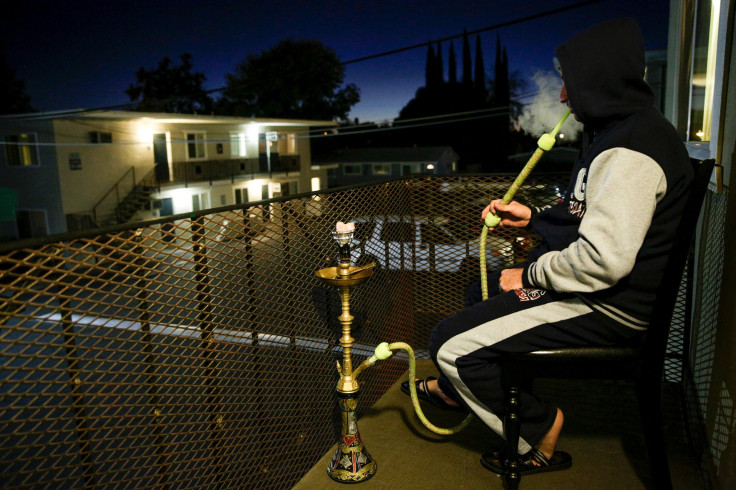A single water pipe smoking session delivers 25 times the tar of a single cigarette

Hookah smokers, smokers that use communal pipes, are actually inhaling more toxicants than regular cigarette smokers. A new study led by the Pittsburgh School of Medicine that was published online in the journal Public Health Reports compares the effects of hookah tobacco smoking session and cigarette smoking.
The researchers reviewed 542 previous studies that are relevant to cigarette and hookah smoking and eventually found 17 studies that provided enough data to estimate the toxicants inhaled from smoking hookahs and cigarettes. Apparently, one hookah session delivers 125 times the smoke, 25 times the tar, 10 times the carbon monoxide and 2.5 times the nicotine than a single cigarette.
Lead author Brian Primack, assistant vice chancellor for health and society in Pitt's Schools of the Health Sciences, said in a press release that the results show that hookah tobacco smoking poses real health concerns and should be monitored more closely. Primack added that hookah smoking was not included in the 2015 Youth Risk Behaviour Surveillance Survey System questionnaire, which probes chewing tobacco, cigarette smoking, electronic cigarettes and other forms of substance abuse.
The researchers admit that comparing hookah smoking with a single cigarette is complex mainly due to smoking patterns. A cigarette smoker may smoke up to 20 cigarettes per day, whereas a hookah smoker normally participates in just a few hookah sessions daily. Additionally, the estimates cannot exactly show which is worse, but the study suggests that hookah smokers are exposed to a lot more toxicants.
Nevertheless, fine-grained data about usage frequencies and patterns have given the researchers enough information to come up with a better sense of relative overall toxicant load. The researchers also assert that the results may be beneficial in providing estimates for other official purposes.
"Individual studies have reported different estimates for inhaled toxicants from cigarettes or hookahs, which made it hard to know exactly what to report to policy makers or in educational materials," said co- Smita Nayak, a research scientist at the Swedish Centre for Clinical Research and Innovation. "A strength of meta-analysis is that it enables us to provide more precise estimates by synthesizing the currently available data from individual studies."
The Centres for Disease Control and Prevention recently reported that using hookah tobacco over the past 30 days is greater than the past 30-day use of cigarettes among high school students in the US. Plus, approximately one-third of US college students have smoked tobacco from a hookah. Hence, this research comes at the right time to inform the public about the effects of this popular activity.




















